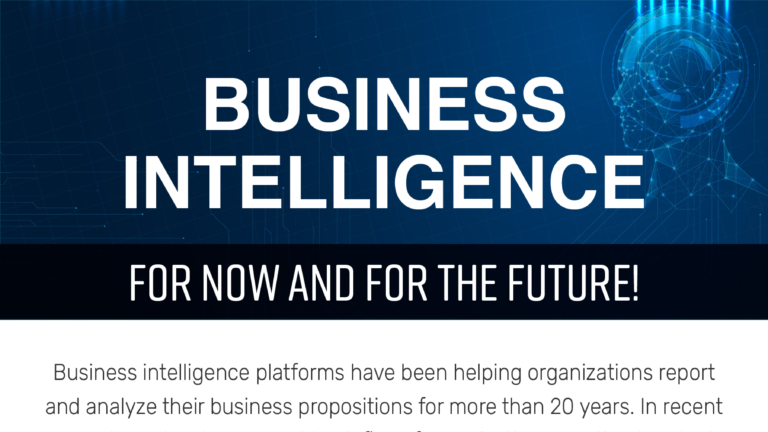What’s the big deal about BI? Business Intelligence is a buzz phrase that gets tossed around in business circles, but do you get what it’s about?
Let this infographic presented by Intellicus help you to understand the basics of Business Intelligence – its concepts, components, and what the capabilities of the most effective BI tools are.
At its core, BI is simply a technology-based system that gives businesses the tools to sort through all the volumes of their internal and external data, analyze what the data is saying, and then gain actionable insights to make better, more impactful business decisions.
If you’re ready to learn more so your business can the most out of BI, be sure and check out this full infographic ‘Business Intelligence Concepts and Components’ from Intellicus.




